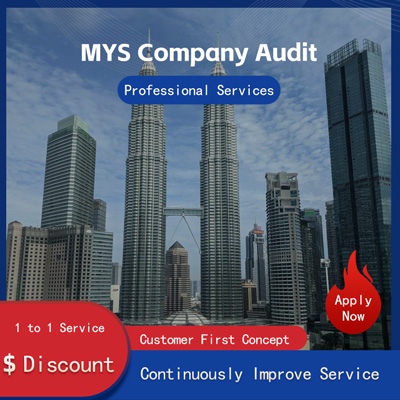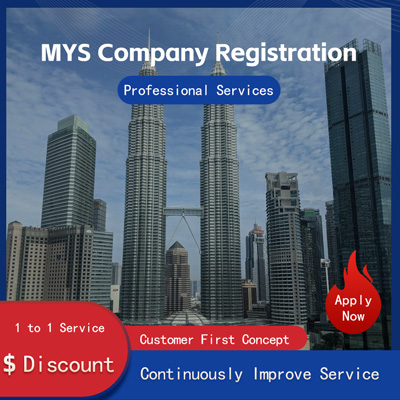
Singapore Company Transfer Guide From Basics to Practical Steps
How to Efficiently Complete Transfers for Singapore Companies A Comprehensive Guide from Basics to Operational Details
In today's globalized business environment, the flow of funds between multinational companies is becoming increasingly frequent. As a financial hub in Southeast Asia, Singapore has attracted numerous foreign enterprises to establish branches or subsidiaries. For these companies, understanding and mastering efficient transfer processes is crucial when conducting cross-border fund transfers. This article will start with the basics and, combined with recent news, provide a detailed analysis of how to efficiently complete transfers for Singapore companies.
1. Basic Concepts of Company Transfers in Singapore
Transfers in Singapore typically refer to the movement of funds between businesses or between businesses and individuals. These transfers may involve operations between local bank accounts or international remittances. Depending on the nature and amount of the transfer, different banks and financial institutions offer various service methods and fee structures.
In recent years, with the development of financial technology, more and more companies have started using electronic payment platforms for fund transfers, such as SWIFT, SEPA, and local electronic payment systems like PayNow, launched by the Monetary Authority of Singapore MAS. These tools not only improve transfer efficiency but also reduce transaction costs.
2. Recent News Background Singapore Promotes Digital Payment Development
In 2025, the Monetary Authority of Singapore MAS announced further efforts to promote digital payment development and planned to increase the adoption rate of domestic electronic payments over the next three years. According to Lianhe Zaobao, MAS stated that as of the second quarter of 2025, the volume of electronic payment transactions in Singapore had grown by more than 15% year-on-year. This indicates that an increasing number of companies are turning to digital payment methods to improve operational efficiency and financial management capabilities.
The Singapore central bank has also collaborated with several international banks to optimize cross-border payment processes. For example, the cross-border RMB payment platform launched in cooperation with China’s Industrial and Commercial Bank of China allows companies between China and Singapore to complete RMB settlements faster and at lower cost.
3. Main Methods for Transferring Funds for Singapore Companies
1. Interbank Transfer via SWIFT
SWIFT Society for Worldwide Interbank Financial Telecommunication is currently the most commonly used method for international interbank transfers. Through SWIFT, companies can transfer funds from one country's bank account to another. This method is suitable for large transactions, but it comes with higher fees and longer processing times, usually taking 1-3 business days.
2. Local Electronic Payment - PayNow
PayNow is an instant payment system led by the Monetary Authority of Singapore, allowing real-time transfers between bank accounts within Singapore. For local Singaporean companies, PayNow is an efficient and low-cost payment method. According to The Straits Times, as of 2025, the daily transaction volume of PayNow had exceeded 10 million transactions, showing its wide application among local businesses.
3. Cross-border Electronic Payment Platforms
In addition to traditional SWIFT, some cross-border electronic payment platforms have also emerged in recent years. For example, international payment platforms such as Stripe and Adyen provide convenient cross-border payment solutions for small and medium-sized enterprises. These platforms usually support multiple currency settlements and automatically handle currency conversion and compliance checks.
4. Key Steps for Efficient Transfers
1. Confirm Recipient Information
Before making any transfer, it is essential to confirm the recipient's bank name, account number, SWIFT/BIC code, and address. Any errors in this information may lead to failed transfers or returns, causing time and financial losses.
2. Choose the Appropriate Transfer Method
Depending on the transfer amount, currency, and destination, choose the most suitable transfer method. For example, small transactions can prioritize PayNow or electronic payment platforms; for large transactions, SWIFT or direct bank transfers are recommended.
3. Prepare Relevant Documents
Different banks have different requirements for documents needed for transfers. Generally, companies need to provide payment application forms, invoices, and copies of contracts. Ensuring all documents are complete helps speed up the approval process.
4. Pay Attention to Exchange Rates and Fees
Fluctuations in exchange rates can affect the final amount received. Therefore, it is advisable for companies to check current exchange rates before making a transfer and assess whether to lock in the rate. Additionally, fee standards vary among banks, so companies should consult their banks in advance and choose services with better value for money.
5. Use Automated Tools
To improve efficiency, many companies are adopting automated payment systems. For example, ERP systems can be integrated with bank APIs to enable automated fund transfers and accounting processing. This method not only saves manual operation time but also reduces human errors.
5. Common Issues and Solutions
1. What to Do If the Transfer Is Delayed?
If a transfer is delayed, first contact the sending bank to confirm whether the transaction has been processed. If the bank confirms it has been sent, further contact the receiving bank to verify if the funds have been received. Some banks offer transfer tracking functions, and companies can use these to check the status of their transfers.
2. How to Avoid High Fees?
Companies can choose to sign long-term cooperation agreements with banks to obtain more favorable transfer rates. In addition, arranging transfers at appropriate times and avoiding peak hours can also help reduce fees.
3. How to Ensure Fund Security?
Companies should ensure they use official banks or payment platforms for transfers and regularly check their account statements. At the same time, enabling two-factor authentication and setting transfer limits can effectively prevent the risk of fund theft.
6. Conclusion
In Singapore, an open and highly digitalized economy, efficient fund flows have become an important guarantee for business operations. By choosing the right transfer methods, optimizing operational processes, and utilizing financial technology tools, companies can significantly improve their fund management efficiency, reduce costs, and enhance market competitiveness. As Singapore continues to promote the construction of a digital payment system, the future experience of company transfers will become even more convenient, secure, and efficient.
Still have questions after reading? More than 98,000 users have contacted us. Please fill in the following information to obtain business information.

Next Article


 ONE
ONE








Customer Reviews
Small *** Table
December 12, 2024The experience was very good. I was still struggling to compare it with other companies. I went to the site a few days ago and wanted to implement it as soon as possible. I didn't expect that everything exceeded my expectations. The company is very large, with several hundred square meters. The employees are also dedicated and responsible. There is also a wall of certificates. I placed an order on the spot. It turned out that I did not make a wrong choice. The company's service attitude is very good and professional. The person who contacted me explained various things in detail in advance. After placing the order, the follow-up was also very timely, and they took the initiative to report the progress to me. In short, I am very satisfied and recommend this company!
Lin *** e
December 18, 2024When I first consulted customer service, they recommended an agent to me. They were very professional and patient and provided excellent service. They answered my questions as they came in. This 2-to-1 service model is very thoughtful. I had a lot of questions that I didn’t understand, and it’s not easy to register a company in Hong Kong. Fortunately, I have you.
t *** 7
December 19, 2024I originally thought that they only did mainland business, but I didn’t expect that they had been doing Hong Kong business and were doing very well. After the on-site interview, I decided to ask them to arrange the registration of my Hong Kong company. They helped me complete it very quickly and provided all the necessary information. The efficiency was awesome. It turns out that professional things should be done by professionals.👍
b *** 5
December 16, 2024In order to register a company in Hong Kong, I compared many platforms and stores and finally chose this store. The merchant said that they have been operating offline for more than 10 years and are indeed an old team of corporate services. The efficiency is first-class, and the customer service is also very professional.